技术资料
-
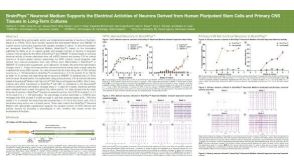 科学海报BrainPhys™ Neuronal Medium Supports the Electrical Activities of Neurons Derived from Human Pluripotent Stem Cells and Primary CNS Tissues in Long-Term Cultures
科学海报BrainPhys™ Neuronal Medium Supports the Electrical Activities of Neurons Derived from Human Pluripotent Stem Cells and Primary CNS Tissues in Long-Term CulturesConference:
SFN 2016,Advances in Drug Discovery 2017,iForum 2017
-
 产品手册Products for Human Pluripotent Stem Cells
产品手册Products for Human Pluripotent Stem Cells品牌:
AggreWell,BrainPhys,CryoStor,EasySep,PBS-MINI,ReLeSR,STEMdiff,TeSR,mFreSR
-
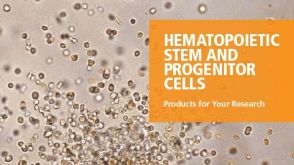 产品手册Hematopoietic Stem and Progenitor Cells - Products for Your Research
产品手册Hematopoietic Stem and Progenitor Cells - Products for Your Research品牌:
ALDEFLUOR,MethoCult,MyeloCult,STEMdiff,STEMvision,SmartDish,StemSpan,ThawSTAR
-
 产品手册Cryopreservation Media for Stem Cell Research
产品手册Cryopreservation Media for Stem Cell Research品牌:
BloodStor,CryoStor,Hypothermosol,MesenCult,STEMdiff,mFreSR


 EasySep™小鼠TIL(CD45)正选试剂盒
EasySep™小鼠TIL(CD45)正选试剂盒




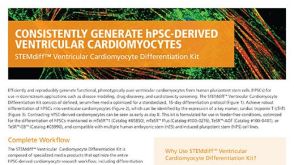

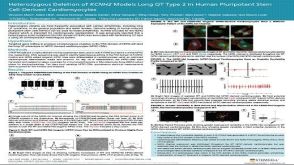
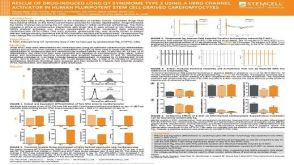
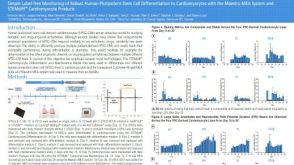
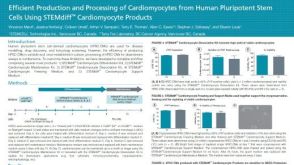
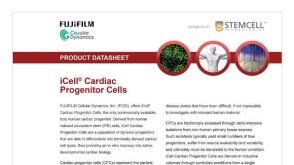

 沪公网安备31010102008431号
沪公网安备31010102008431号